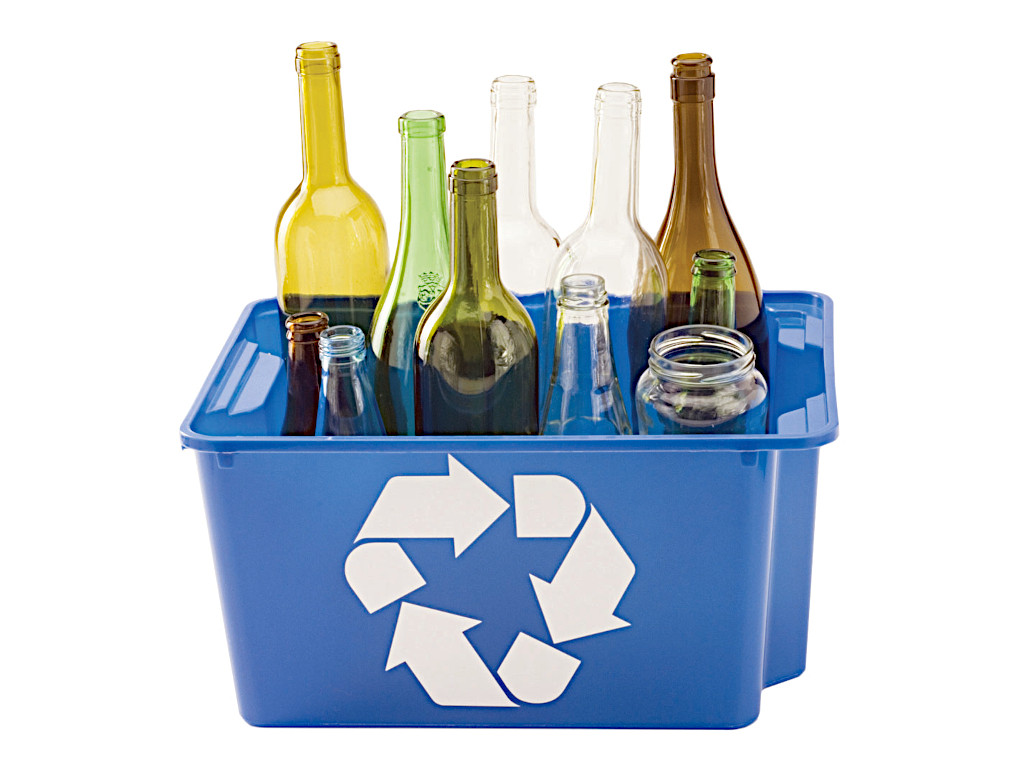Recycled glass is a key manufacturing input in the production of new bottles and jars. Increasing its use has many environmental and sustainability benefits. In recent years, however, concerted efforts by some companies in the waste management industry to restrict access to glass recycling for residents and to move glass to the waste stream and ultimate landfill disposal have complicated industry efforts to increase the use of recycled glass by the container industry. The Covid-19 crisis has exacerbated redemption challenges in bottle deposit states and together with the broader market challenges for the recycling industry, threaten to reverse recent progress in increasing the use of recycled glass.
GPI manufacturing companies have prioritised this issue and with the help of many glass processing companies and solutions providers, spent the second half of 2020 conducting a thorough examination of gaps in the domestic recovery system. Through this effort, a roadmap was created to guide the industry to a 50% recycled content rate by the end of the next decade. This roadmap will serve as the impetus for an effort that GPI will proactively lead to achieve those goals.
Moving glass containers from roughly 30% to 50% recycled content is an ambitious and achievable goal. This aligns with other goals recently set by the US Environmental Protection Agency in November 2020, establishing a national 50% recycling rate for all commodities over the next decade. Some cross-border programmes already acheieve these rates in Canada and GPI will work with the North American supply chain in Canada and Mexico to assist and improve these valued end markets. With increased attention to carbon emissions, achieving these goals will improve the sustainability of the industry and further reduce glass’ carbon footprint.
National goals
The roadmap focuses on improving the glass recycling system in regions with strong, viable glass manufacturing end markets, which also places the recycled glass within economic reach of glass processing facilities. It also recognises that improving glass recycling in other regions will be needed to achieve the national goals. For instance, moderate improvement in western and north eastern bottle deposit states will help but significant improvement in the Great Lakes and Mid-Atlantic regions, as well as the south-central states, is necessary to get recycled glass to more plants.
The plan revolves around three key pillars: ‘Leave No Bottle Behind’, ‘Transforming the System’ and ‘New Public-Private Partnerships that Change the Conversation’. Within these pillars are seven key levers for meeting industry goals that can be tailored to the needs in a particular region. Capturing more glass means increasing access to and improving the quality of collection streams, expanding commercial (on-premise) recycling and developing new regulatory initiatives aimed at keeping glass out of landfills.
Transformation of the system requires strengthening collection, sorting and processing of glass and waste management, as well as bolstering recycling infrastructure. New conversations and partnerships are required with state and local governments, consumers, those within industry, alongside supply chain partners and industry sectors While regulatory opportunities and advocacy efforts are critical, the industry will also need to leverage momentum in certain regions to address market issues and address low landfill costs, to incentivise additional private sector investment in glass recovery.
In the USA, it is well known that bottle deposit states have on average three times the glass recovery rate of non-bottle deposit states. But boosting recovery in non-deposit states up to the national average will not be enough to meet goals alone. Similarly, incremental progress using known levers across several regions may only help the industry get halfway to its goal. This effort will require innovative programmes and investment is necessary. Given the increased attention on circular economies and environmental sustainability, the industry’s collective efforts will support food and beverage brand goals to increase their recyclability and recycled content and allow glass to maintain its high standing among consumer and policymakers.


